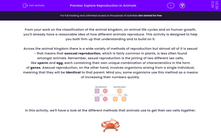From your work on the classification of the animal kingdom, on animal life cycles and on human growth, you'll already have a reasonable idea of how different animals reproduce. This activity is designed to help you both firm up that understanding and to build on it.
Across the animal kingdom there is a wide variety of methods of reproduction but almost all of it is sexual - that means that asexual reproduction, which is fairly common in plants, is less often found amongst animals. Remember, sexual reproduction is the joining of two different sex cells, like sperm and egg, each containing their own unique combination of characteristics in the form of genes. Asexual reproduction, on the other hand, involves organisms arising from a single individual, meaning that they will be identical to that parent. Mind you, some organisms use this method as a means of increasing their numbers quickly.
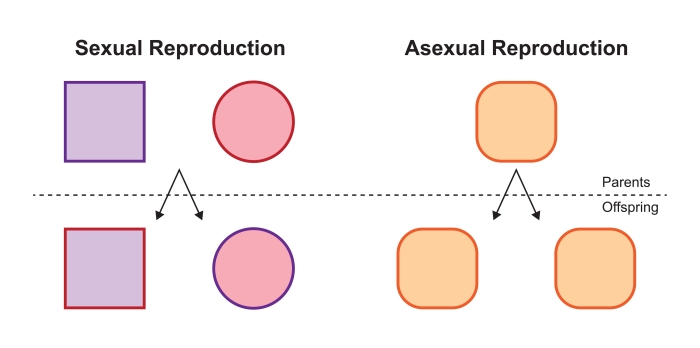
In this activity, we'll have a look at the different methods that animals use to get their sex cells together.
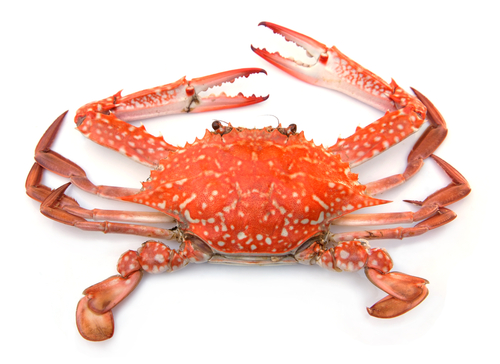
Many, especially aquatic animals, simply release their sperm and eggs into the water and allow them to mix - this is external fertilisation. It's a bit hit-and-miss, with an awful lot of those sex cells going to waste, unfertilised. Then, of course, their young grow up, exposed, in the water (external development) and many will end up being eaten. But, that's how food webs work! Think young fish, molluscs (like clams), crustaceans (like crabs) - animals like that use this method to reproduce themselves.
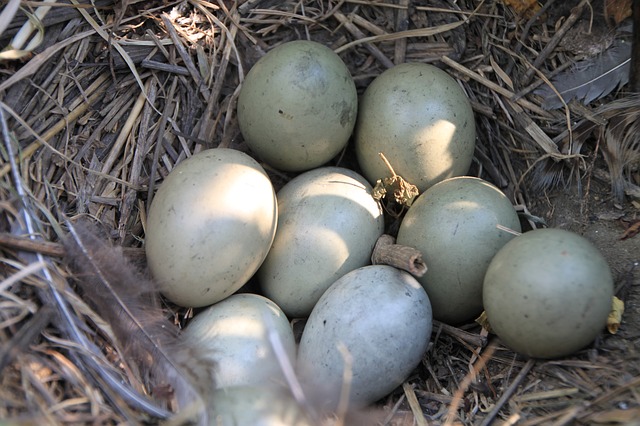
A whole host of other animals choose to allow their sperm to meet the eggs inside the female's body (internal fertilisation) - much less wasteful, but the animals have got to get close together and that can cause problems (think spiders!). After that, some go on to 'lay' their eggs, like birds and reptiles, while others (like mammals) allow the young to develop inside their bodies (internal development).
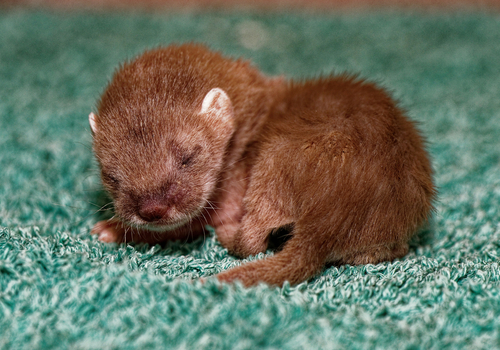
Depending on the animal, the embryo may grow up inside an egg, perhaps given some protection by the parents (birds do this), or it may develop inside the female's womb, as in mammals, and is born, as opposed to hatching from an egg. These sorts of animals may well look after their young, as they grow, feeding them and protecting them from harm - even teaching them to hunt.
So, use this activity to help you to broaden your understanding of the wide variety of ways in which animals reproduce. Bet you learn something new!

